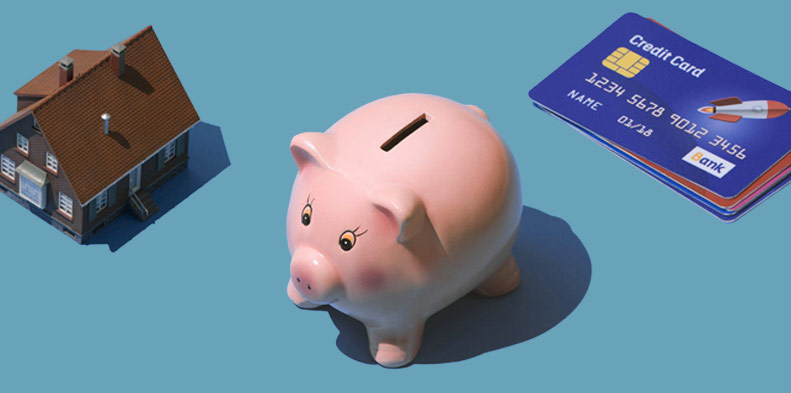4 key steps to start investing once your debt is under control
If your debt payments are under control and you’re thinking about what to do with that extra bit of money you’ve saved, it’s time to prioritize investing.

Planning ahead while still paying for today is no easy task, but the key to financial success is balance: a smart blend of saving, debt management and investing.
Stock and bond investments typically deliver better returns than cash in the long run. Money parked in savings accounts is essentially stagnant, and steadily losing its purchasing power due to inflation. While it’s important to put aside cash for a rainy day, it’s equally important to start building up your wealth to meet your shorter- and longer-term financial goals.
That’s why successful savers need to be on the lookout for the next step toward those goals – something that can give them a solid return on what they’ve been able to set aside. When that investment generates returns, those can be reinvested and generate returns of their own. This compounding effect can allow investors to build a larger and larger portfolio over time, without having to come up with large amounts of capital up front.
Four ways to build wealth today
Here are some key priorities to consider when moving toward becoming a smart investor.
- Develop a spending plan. Now that your debt is under control, review how much money you make each month, minus how much you have going out. Consider rent or mortgage payments as well as regular student, car and credit card loan payments. After you figure out generally how much it costs you to live on a month-to-month basis, you can determine how much extra you have to invest.
- Evaluate how much you’re able to invest. Once you determine how much you have left over at the end of the month, consider putting that money to work for you in a tax-advantaged investment account like a TFSA or an RRSP at the end of each month. Amounts might vary from time to time, but at least you’ll have a general idea of how much of that underperforming cash you can reasonably allocate towards investments like mutual funds or exchange-traded funds.
- Put everything on autopilot. Once you know where you stand, you can automate the process with a recurring bi-weekly or monthly investment of your choice. By choosing a predetermined time to contribute, you not only take the guesswork out of when to invest but you also “pay yourself first” – a key wealth-building strategy.
- Stash cash in your retirement plan. One of the best ways to invest automatically is to enrol in your employer’s tax-advantaged retirement plan. In many cases, you may be able to save a portion of your salary and your employer will match your contributions, up to a certain percentage. This is essentially free money, and a great benefit if you have it.
Take control of your money
It’s simple. The sooner you begin investing, the better your chances of meeting your financial goals. Remember, one important step is to focus on saving and making regular contributions, and then reinvesting any income to take advantage of compounding.
The good news: time is on your side, so get started today.
Here are some additional insights to help get you started:



